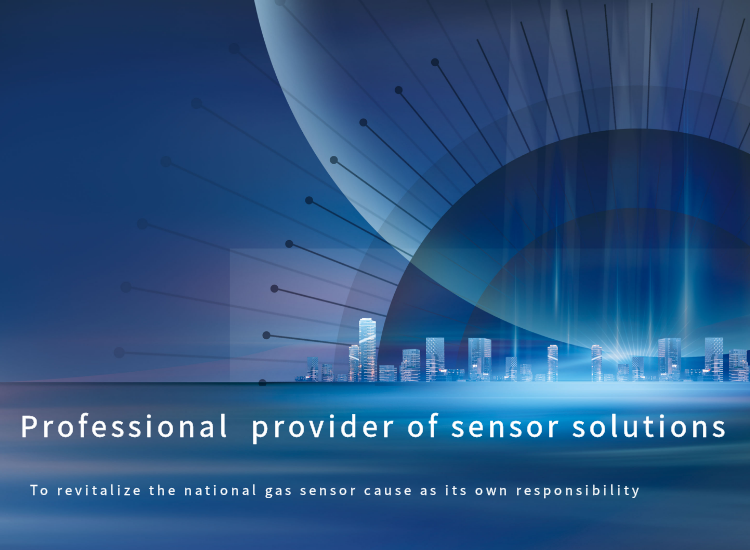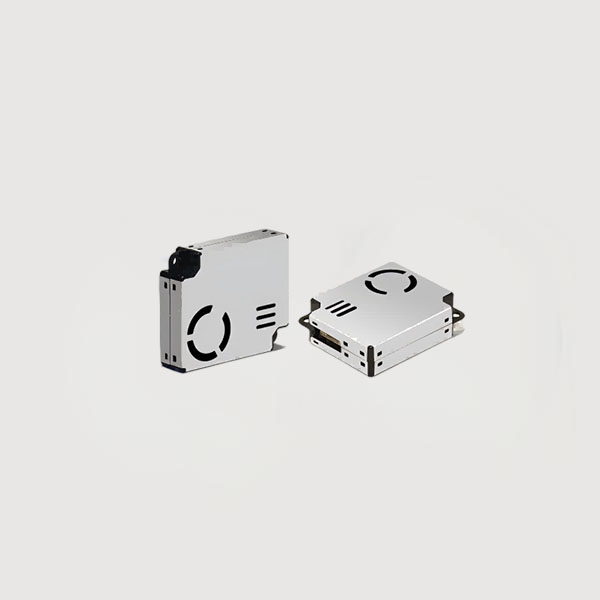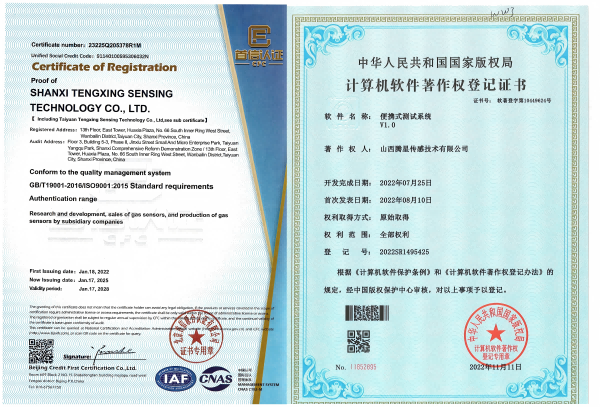

 Products
Products Dust Sensor
Dust Sensor
Application:
Widely used in Air purifier,Fresh air system,Portable instrument,Air quality monitoring equipment, air conditioning, smart home equipment and other placesProduct characteristics:
Good consistencyDescription
TX940-D07 is a universal and miniaturized laser dust sensor module. Using the principle of Mi scattering, it can detect the dust particles in the air, and it has good consistency and stability through professional algorithm and calibration detection process. The sensor has the ability to output serial port and PWM simultaneously, which makes it easy to use. Small size, easy to integrate applications.
Product images

Technical specifications
| product model | TX940-D07 |
| The particle detected range | 0.3-10μm |
| effective range | 0-1000μg/m³ |
| Detection interval | 1s |
| PM2.5 Detection accuracy | 0-100 μg/m³: ±15μg/m³;101-1000 μ g / m³: ± 15% reading(Test conditions: 25 ± 2℃, 50 ± 10% RH, TSI8530, cigarette, GBT18801-2015) |
| Power stability time | 30s |
| output data | UART _ TTL output (3.3V level, default) |
| PWM output (3.3V level, default) | |
| working voltage | 4.9V ~5.5V(DC) |
| working current | <120mA |
| The dormant current | <20mA |
| response time | T90<30s |
| Working humidity | 0 ~ 95% RH (no condensation) |
| working temperature | -10~60℃ |
| Storage temperature | -30~70℃ |
| outline dimension | 48*40*12.5mm(L×W×H) |
| weight | <30g |
| MTTF | Continuous uninterrupted> 40000 h |
Pin Order
Pin Definition
| No. | Name | Describe |
| PIN1,PIN2 | VDD | 4.9V-5.5V |
| PIN3,PIN4 | GND | |
| PIN5 | reserve | NC |
| PIN6 | PWM output | [email protected] |
| PIN7 | RXD Serial port receiving | [email protected] |
| PIN8 | reserve | User hanging |
| PIN9 | TXD Serial port sending | [email protected] |
| PIN10 | reserve | NC |
Installation method:
The dust collection hole is the air inlet of the sensor and needs to maintain good contact with the outside air; the fan installation position is the air outlet of the sensor. When installing and using the sensor, avoid strong airflow interference around the sensor; if it cannot be avoided, try to keep the external airflow direction perpendicular to the internal airflow direction of the sensor.
When designing the detection cavity of the whole machine, the effective area of the sensor sampling port must be fully considered to ensure the smoothness of the sampling air path as much as possible. Small sampling area and excessive air resistance will seriously affect the accuracy of sensor data.
Application

Production workshop

Certificate Qualification

TenSensor, China's first listed gas sensor company,Tensensor can provide more than 100 varieties of six series including:
semiconductor gas sensor
electrochemical gas sensor
infrared gas sensor
dust sensor
pyroelectric sensor
thermopile sensor, etc.
which can be used for more than 200 kinds of gas and infrared, dust and other indicators detection, widely used in the field of security for detecting gas leakage, noxious gas leakage, smog and fire, the field of family, office and factory for detecting HCHO, VOC, CO2, PM2.5 and so on.
Moreover, the solutions for security, household electrical appliances, consumer electronics, smart home, instruments and meters are available.
For more information about TX940-D07 sensor, please contact account manager.
TEL:0086-0351-5249552
Whatsapp:+86 18335818384
Email:[email protected]
Request Consultation